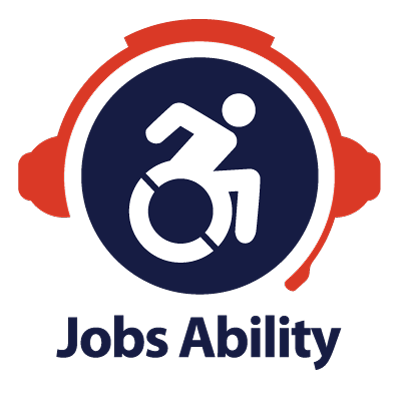Our Ability Alliance forms New York Business Leadership Network
December 14, 2015NY/VT Job Posting – Part Time
February 26, 2016Does your company have a diversity initiative? Do you actively recruit employment-ready candidates with disabilities? Are you seeking successful ways to find such talent?
If so, you are invited to recruit qualified candidates with disabilities at a FREE March 16th Virtual Job Fair sponsored by the Social Security Administration. The Virtual Job Fair is designed for employers that do business with the Federal government. 
Participating employers must have 10 or more current job openings among one or more of the following states: Delaware, District of Columbia, Maryland, New Jersey, New York, Pennsylvania, Virginia, West Virginia or the territory of Puerto Rico. At the fair, your recruiters will have the opportunity to review the resumes of job-ready candidates and talk with candidates via chat forums and one-on-one messages. This format allows participating recruiters to discuss their hiring needs with a pool of qualified candidates with disabilities.
Pre-event webinars will be conducted to ensure that your recruiters will have their questions answered ahead of time to ensure a productive recruiting experience. Please respond to vjf@choosework.net
